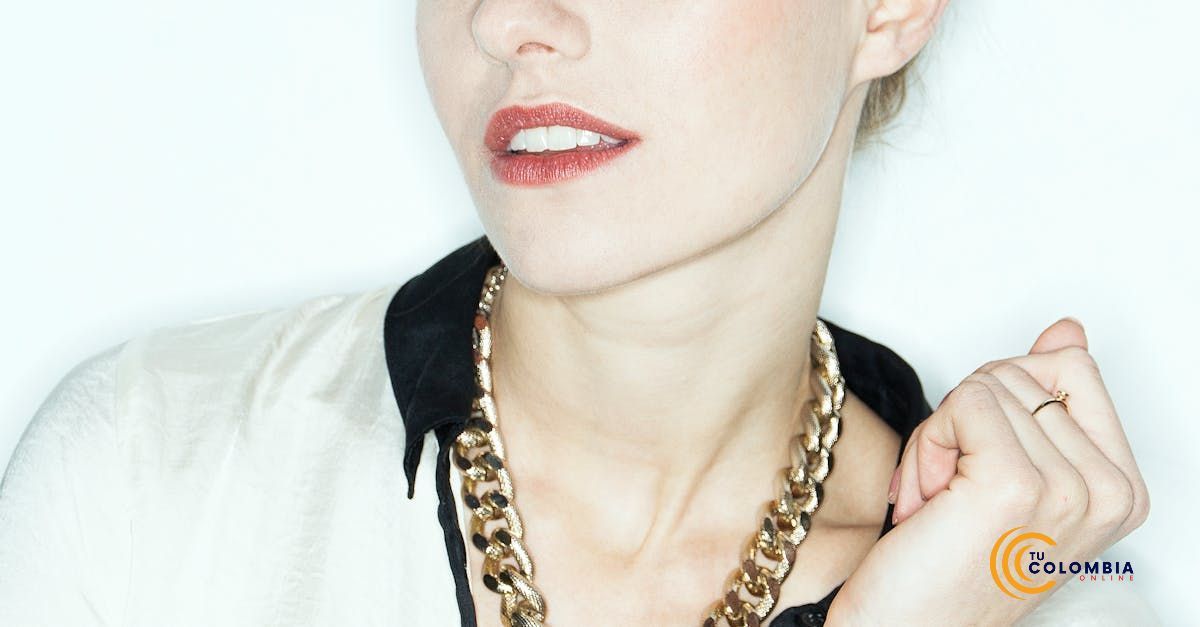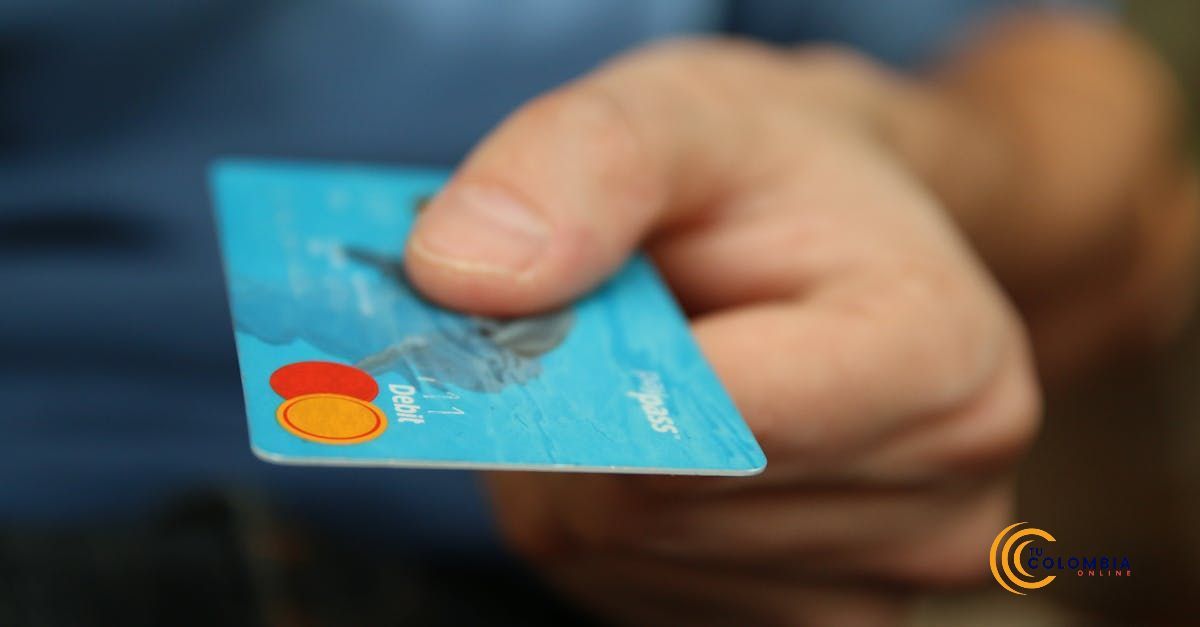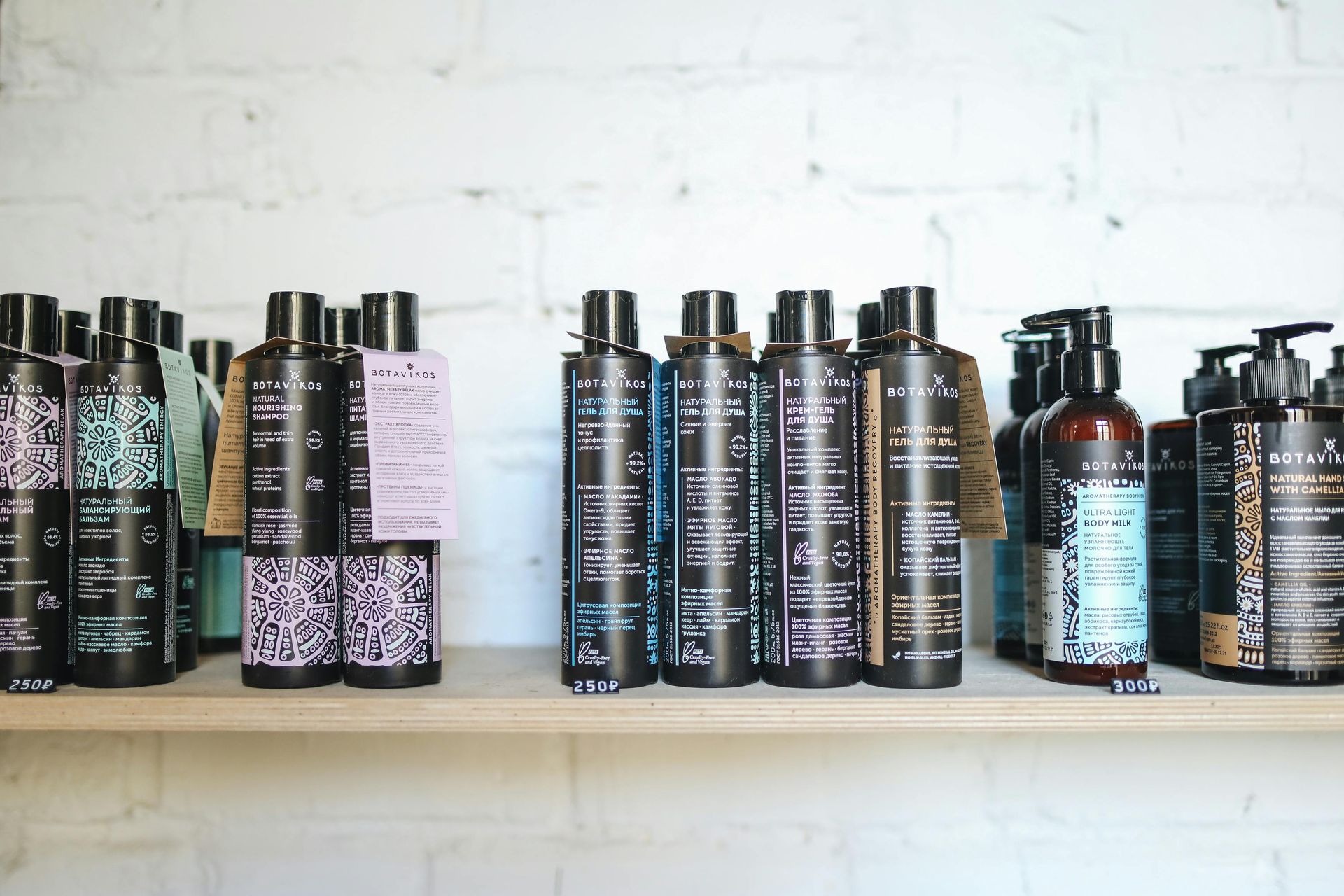Dysport vs. Botox: Which Is Right for You?
Table of Contents
Peek into the world of beauty and skincare, and you’ll find Dysport and Botox reigning supreme. These anti-wrinkle treatments are the darlings of facial rejuvenation, but what sets them apart?
Let’s figure out the mystery of these injectable neurotoxins and discover their secrets.
How They Work: The Neurotoxin Mechanism
Here’s where the magic happens. Dysport and Botox both employ botulinum toxin type A to work their wonders.
They act like tiny muscle whisperers, blocking nerve signals and telling those pesky muscles to relax. No more contractions mean fewer wrinkles.
FDA Approvals and Medical Uses
Botox, the seasoned veteran, has been dazzling the cosmetic world since the late ‘80s, earning FDA approval for its aesthetic prowess in 2002. It’s the hero behind the scenes of many a smooth forehead, frown-free brow, and crow’s feet-free smile.
Beyond the beauty sphere, Botox also tackles chronic migraines, excessive sweating, and muscle disorders.
Now Dysport, the younger, sprightlier contender. FDA-approved for cosmetic use in 2009, it specializes in taming those fierce frown lines between the eyebrows.
Thanks to its unique molecular structure, Dysport spreads a bit more, making it the ideal choice for larger treatment areas with fewer pokes.
Overall Benefits and Considerations
So, why choose one over the other? Dysport has quicker results – think 2-3 days – and excels in delivering a natural look over broader areas.
Botox, with its extensive resume, offers a longer-lasting effect, typically around 3-4 months. Both promise a journey to youthful radiance, but the road you take depends on your skin’s unique story.
Of course, no magic comes without a price. Common side effects? Minor bruising, a touch of swelling, maybe some redness. It’s all par for the course. A chat with a qualified skincare professional will guide you to the perfect pick for your skin.
Benefits of Dysport

When it comes to facial rejuvenation, Dysport is a game-changer. This injectable neurotoxin, a compelling Botox alternative, offers unique advantages that make it a top contender in the world of anti-wrinkle treatments.
Faster Onset of Action
Imagine this: you get your Dysport treatment, and within just a couple of days, your skin starts to transform. That’s right – Dysport works fast! Unlike some treatments that take up to a week to show results, Dysport kicks in typically within 2-3 days.
This rapid onset of results makes it a go-to for those who crave quick, visible improvements in their facial aesthetics. It’s like waving a magic wand and watching the years melt away!
Smoother Spread in Larger Areas
Dysport has a special trick up its sleeve – its molecular structure allows for a smoother spread across larger areas. This makes it incredibly effective for treating broad regions of the face with fewer injections.
Targeting forehead lines or crow’s feet? Dysport’s got you covered. It spreads evenly, giving you a natural, youthful look without the hassle of multiple pokes.
This feature sets Dysport apart in the topic of cosmetic injectables, making wrinkle reduction a breeze.
Ideal for Treating Crow’s Feet and Forehead Lines
Crow’s feet and forehead lines, the telltale signs of aging, don’t stand a chance against Dysport.
It’s precision targeting works wonders on these stubborn areas. Dysport relaxes the underlying muscles, smoothing out those pesky wrinkles while maintaining your natural expressions.
No frozen faces here – just a refreshed, youthful appearance that lets you shine.
Benefits of Botox

The superstar of anti-wrinkle treatments, has been helping people achieve their skincare goals for decades.
With its ability to precisely target small areas and its long track record of success, Botox remains a top choice for those seeking facial rejuvenation.
More Precise Targeting for Smaller Areas
Botox is like a master artist with a fine brush, precisely targeting those small, stubborn areas where wrinkles love to appear. Its neurotoxin mechanism works wonders on fine lines, especially in delicate spots like around the eyes and mouth
Need to smooth out frown lines or tackle those tiny crow’s feet? Botox’s precision targeting ensures you get the desired effect without affecting surrounding muscles. It’s the ultimate tool for detailed, effective wrinkle reduction.
Longer Track Record and More Studies
When it comes to trust and reliability, Botox stands tall. It has been on the scene since the late 1980s and gained FDA approval for cosmetic use in 2002.
Over the years, Botox has amassed an impressive track record, backed by numerous studies and extensive research.
This long history of use means you can be confident in its safety and effectiveness. When you choose Botox, you’re opting for a treatment with a proven history of delivering results.
Ideal for Treating Frown Lines and Smaller Facial Areas
Got pesky frown lines? Botox excels at treating these and other small facial areas.
Its ability to relax the specific muscles causing these lines makes it an ideal choice for targeted treatments. Botox provides a natural-looking, youthful appearance without the “frozen” effect, allowing you to maintain your facial expressions while enjoying smoother skin.
This makes it perfect for those who want subtle yet noticeable improvements.
Side Effects and Risks of Dysport and Botox
When considering anti-wrinkle treatments like Dysport and Botox, it’s essential to be informed about potential side effects and risks.
These injectable neurotoxins can provide stunning facial rejuvenation, but as with any cosmetic procedure, being aware of what to expect ensures a smooth journey to a youthful appearance.
Common Side Effects of Dysport
Dysport, known for its benefits in treating crow’s feet and forehead lines, is generally well-tolerated. However, some common side effects can occur.
These include:
- Mild Pain at Injection Site: You might feel a slight pinch during the injection, which can result in mild pain or tenderness afterward.
- Swelling and Redness: Temporary swelling and redness at the injection site are common but usually subside within a few hours.
- Bruising: Some patients experience minor bruising, which can take a few days to resolve.
- Headache: A mild headache is a possible side effect, often short-lived and manageable with over-the-counter pain relief.
Common Side Effects of Botox
Botox, the gold standard in wrinkle reduction, shares similar side effects with Dysport. These include:
- Pain or Discomfort at Injection Site: Like Dysport, Botox injections may cause brief discomfort during administration.
- Swelling and Redness: Post-injection swelling and redness are common but typically fade quickly.
- Bruising: Minor bruising can occur, usually disappearing within a few days.
- Headache: A mild headache may follow Botox injections, usually resolving without significant intervention.
Potential Risks and Complications for Both Treatments
While Dysport and Botox are FDA-approved injectables with high safety profiles, potential risks and complications can arise, though they are rare. These include:
- Allergic Reactions: Although uncommon, some individuals may have allergic reactions to the ingredients in the injectables.
- Muscle Weakness: Excessive relaxation of nearby muscles can occur, leading to temporary drooping of the eyelids or eyebrows.
- Difficulty Swallowing or Breathing: In very rare cases, the toxin can spread to areas that affect swallowing or breathing.
- Asymmetry: If the injections are not evenly distributed, temporary facial asymmetry can result.
Cost Comparison: Botox vs. Dysport

Both injectable neurotoxins offer fantastic results for facial rejuvenation, but their pricing can vary. Let’s get into the average costs, factors influencing these costs, and long-term considerations to help you make an informed decision.
Average Cost Per Treatment
Botox and Dysport are both popular choices for wrinkle reduction and fine lines treatment. On average, you can expect to pay around $300 to $600 per treatment session.
However, the cost can fluctuate based on various factors, including the number of units required, the treatment areas, and the specific needs of the patient.
Factors Influencing Cost
Geographic Location
Where you live plays a significant role in the cost of your treatments. In major metropolitan areas, prices tend to be higher due to increased demand and higher living costs.
For instance, Botox costs in New York City or Los Angeles might be higher than in smaller cities or rural areas. The same applies to Dysport costs, making location a key factor in your budgeting.
Provider Experience
The expertise and reputation of your provider also influence the cost. Highly experienced and reputable skincare professionals often charge more for their services.
Their advanced skills, precision targeting, and high patient satisfaction rates justify the premium.
While it might be tempting to go for cheaper options, investing in a qualified provider ensures better, safer results.
Long-Term Cost Considerations
While the upfront cost of Botox and Dysport treatments might seem significant, it’s essential to consider the long-term benefits and costs.
Typically, Botox results last about 3-4 months, whereas Dysport results may last slightly less or more, depending on the individual. Regular maintenance sessions are necessary to maintain a youthful appearance, so calculating the annual cost is helpful.
For example, if you need three sessions per year at $500 each, your annual investment would be $1,500.
Moreover, consistent use over time can lead to longer-lasting results, potentially reducing the frequency of treatments. This long-term skincare strategy can help manage costs while ensuring you achieve and maintain your desired facial aesthetics.
Choosing the Right Treatment for You
With options like Botox and Dysport, how do you choose the right one for your facial rejuvenation needs?
Let’s simplify this journey by exploring key factors to consider and the importance of a professional consultation.
Factors to Consider
When selecting the perfect treatment, consider your age, skin type, and specific treatment goals.
- Age: Your age plays a significant role in determining the most suitable treatment. Younger individuals might seek preventive measures for fine lines, while mature skin may require more comprehensive wrinkle reduction.
- Skin Type: Different skin types react uniquely to cosmetic injectables. Sensitive skin, oily skin, or mature skin each has its considerations. Understanding how your skin type interacts with Botox or Dysport is crucial for optimal results.
- Treatment Goals:
Are you targeting crow’s feet, forehead lines, or frown lines? Your specific goals help determine which injectable neurotoxin is the best fit. Dysport benefits larger treatment areas, while Botox excels in precise targeting for smaller regions.
Consultation with a Qualified Provider
A consultation with a qualified skincare professional is a vital step in your journey. During this session, the provider will assess your skin, discuss your goals, and recommend the most suitable treatment.
They’ll explain the nuances of Botox benefits versus Dysport benefits, helping you make an informed decision.
- Customized Plan: A professional will tailor the treatment plan to your unique needs, ensuring effective wrinkle reduction and facial aesthetics.
- Safety and Expertise: With a qualified provider, you can trust in their expertise to deliver safe and precise neurotoxin injections, minimizing potential side effects.
Conclusion
In summary, both Dysport and Botox offer effective solutions for reducing the appearance of wrinkles, but the right choice depends on your specific needs and preferences.
Whether you prioritize faster results or precision targeting, consulting with a skincare professional can help you determine the best option for you.
Ready to rejuvenate your skin?
Frequently Asked Questions
What is the main difference between Botox and Dysport?
Dysport spreads more, making it better for larger areas, while Botox offers precise targeting for smaller areas.
How long do the results of Botox and Dysport last?
Botox typically lasts 3-4 months, while Dysport results can last around 3-4 months as well, depending on individual factors and treatment areas.
What are the common side effects of Botox and Dysport?
Common side effects include mild pain at the injection site, swelling, redness, bruising, and occasional headaches. These are generally short-lived.
How quickly will I see results from Botox and Dysport?
Dysport usually shows results within 2-3 days, whereas Botox can take 3-7 days to show effects.
Related Posts
Disclaimer: The content provided in this blog post is for informational purposes only and is not intended as a substitute for professional medical advice, diagnosis, or treatment. Always seek the advice of your physician or other qualified health provider with any questions you may have regarding a medical condition. Never disregard professional medical advice or delay in seeking it because of something you have read on this blog.
You May Also Like
All Rights Reserved | Tu Colombia Online



